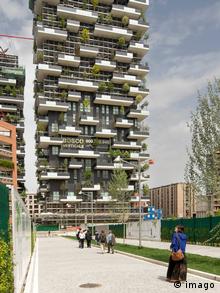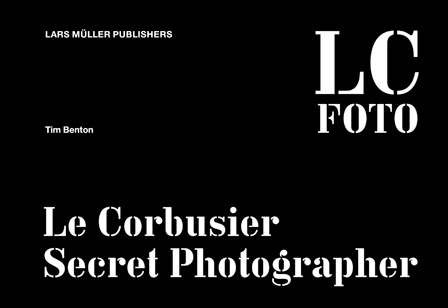Ren Hang, who took his life February 23, 2017, was an unlikely rebel. Slight of build, shy by nature, prone to fits of depression, the 29-year-old Beijing photographer was nonetheless at the forefront Chinese artists’ battle for creative freedom. Like his champion Ai Weiwei, Ren was controversial in his homeland and wildly popular in the rest of the world. He said, “I don’t really view my work as taboo, because I don’t think so much in cultural context, or political context. I don’t intentionally push boundaries, I just do what I do.”
Why? Because his models, friends, and in his last years, fans, are naked, often outdoors, high in the trees or on the terrifyingly vertiginous rooftops of Beijing, stacked like building blocks, heads wrapped in octopi, body cavities sprouting phone cords and flowers, whatever entered his mind at the moment. He denied his intentions were sexual, and there is a clean detachment about even his most extreme images: the urine, the insertions, the many, many erections. In a 2013 interview VICE magazine asked, “there are a lot of dicks … do you just like dicks?” Ren responded, “It’s not just dicks I’m interested in, I like to portray every organ in a fresh, vivid and emotional way.” True though that may be, the penises Ren photographed were not just fresh and vivid, but unusually large, making one wonder just where he met his friends.
In the same piece, Hang also stated, “Gender isn’t important when I’m taking pictures, it only matters to me when I’m having sex,” making him a pioneer of gender inclusiveness. Young fans still eagerly flock to his website and Facebook, Instagram, and Flickr accounts. His photographs, all produced on film, have been the subject of over 20 solo and 70 group shows in his brief six-year career, in cities as disparate as Tokyo, Athens, Paris, New York, Copenhagen, Frankfurt, Vienna, and yes, even Beijing. He self-published 16 monographs, in tiny print runs, that now sell for up to $ 600. TASCHEN’s Ren Hang is his only international collection, covering his entire career, with well-loved favorites and many never-before-seen photos of men, women, Beijing, and those many, many erections. We take solace remembering Ren’s joy when he first held the book, shared by his long-time partner Jiaqi, featured on the cover.
https://www.taschen.com/pages/en/catalogue/sex/all/05318/facts.ren_hang.htm
BBC 中文網(繁體)
中國攝影藝術家任航在柏林辭世,終年29歲,身後留下眾多大膽、無禁忌的攝影作品。
















